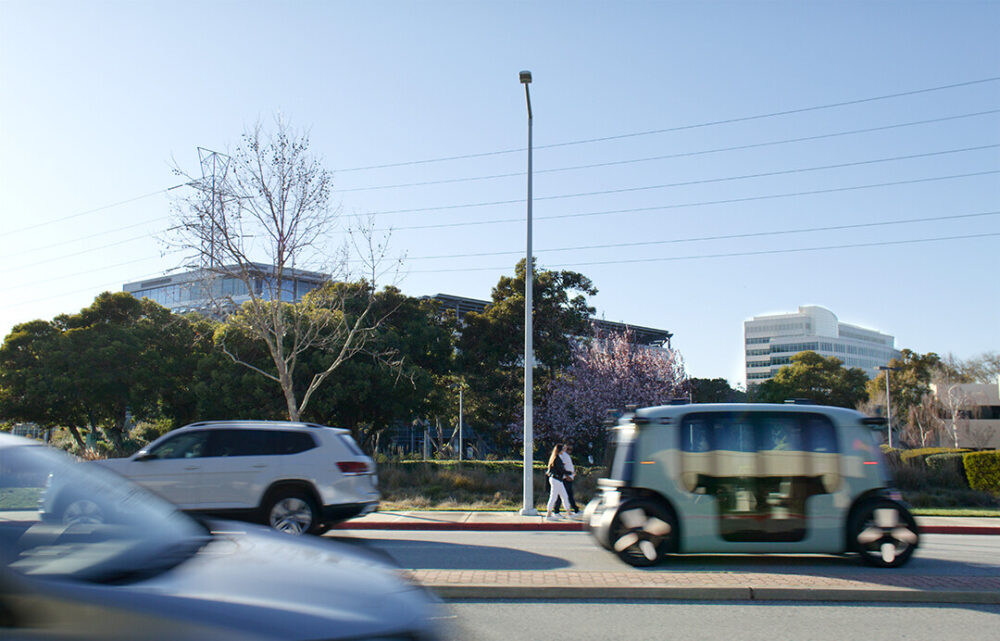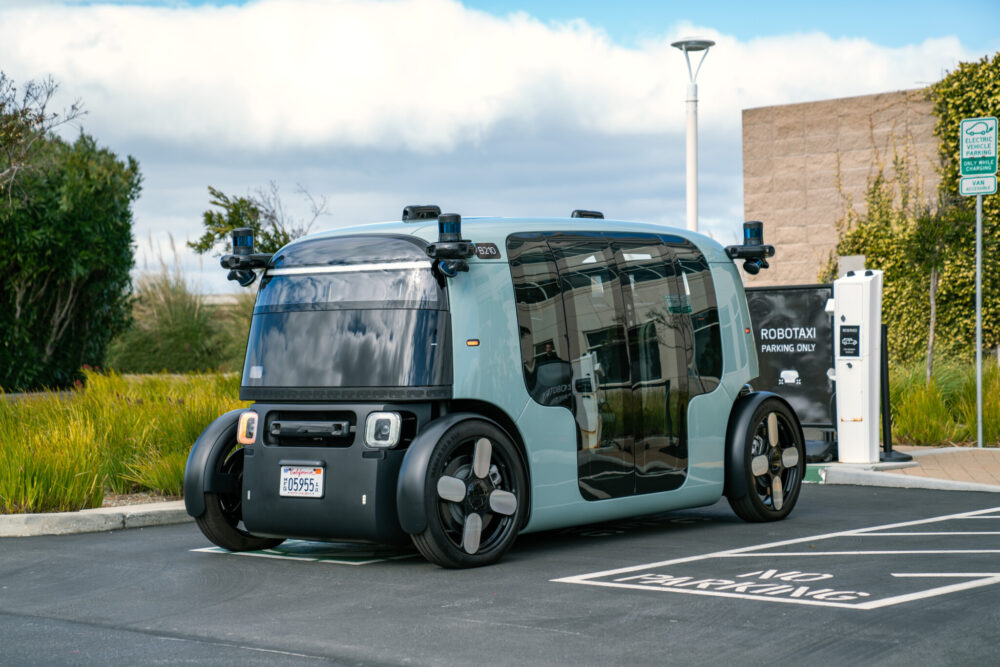Amazon’s Zoox self-driving unit is to begin testing its self-driving robotaxis in Austin, Texas, and Miami, as it expands beyond its existing California and Nevada test regions.
It announced that it is “turning up the heat in our journey to bring safe, comfortable robotaxi rides to the world. Next stop, two iconic American cities: Austin and Miami, where we’ll soon begin testing.”
Earlier this week the National Highway Traffic Safety Administration (NHTSA) opened its preliminary investigation after two reports of Zoox vehicles that braked unexpectedly, leading to rear-end collisions with motorcycles that resulted in minor injuries.

Image credit Zoox
Austin, Miami
The two reported incidents involved Toyota Highlander vehicles equipped with Zoox’s automated driving system for real-world test purposes.
NHTSA said both crashes occurred during the day and within the Zoox systems’ operational design limits.
Zoox was acquired by Amazon in 2020 for $1.3 billion (£1bn), and on Wednesday it said the Austin and Miami testing will mark the fourth and fifth public testing locations.
“We started in our home city of San Francisco in 2018, expanded testing to Las Vegas in 2019, and then moved to Seattle (and its famously wet weather) in 2021,” it said. “This latest expansion – to a new coast, and two new states – marks a significant step forward.”
“We’re laying the foundations for our autonomous ride-hailing service in new cities across the US,” said Ron Thaniel, Senior Director, Policy & Regulatory Affairs. “Austin and Miami offer key learning opportunities that will support the continued growth and refinement of our testing and service.”
The firm said it will deploy its retrofitted Toyota Highlander test fleet, equipped with safety drivers, in small areas near the business and entertainment districts of the two cities.
This initial deployment will allow it to gather valuable insights and feedback, and fine-tune its autonomous driving in dense urban areas.

Image credit Zoox
Both cities present different challenges.
Austin for example apparently has horizontal traffic lights, traffic lights hanging on wires, railway crossings, and famous thunderstorms.
Miami on the other hand has traffic lights that are suspended diagonally across intersections.
Testing only
Zoox said it won’t be deploying its purpose-built robotaxi or offering public rides in Austin or Miami just yet.
It said its target cities for its first commercial markets remain Las Vegas and San Francisco.
In both of those locations, Zoox has been testing its self-designed autonomous vehicles that are built without steering wheels and pedals and have room for four passengers, with two facing each other.

Image credit Zoox
Zoox is not alone in facing regulatory scruntity.
Rival self-driving robotaxi companies such as General Motors’ Cruise and Alphabet’s Waymo are also embroiled in investigations by the NHTSA involving the performance of autonomous driving cars.




